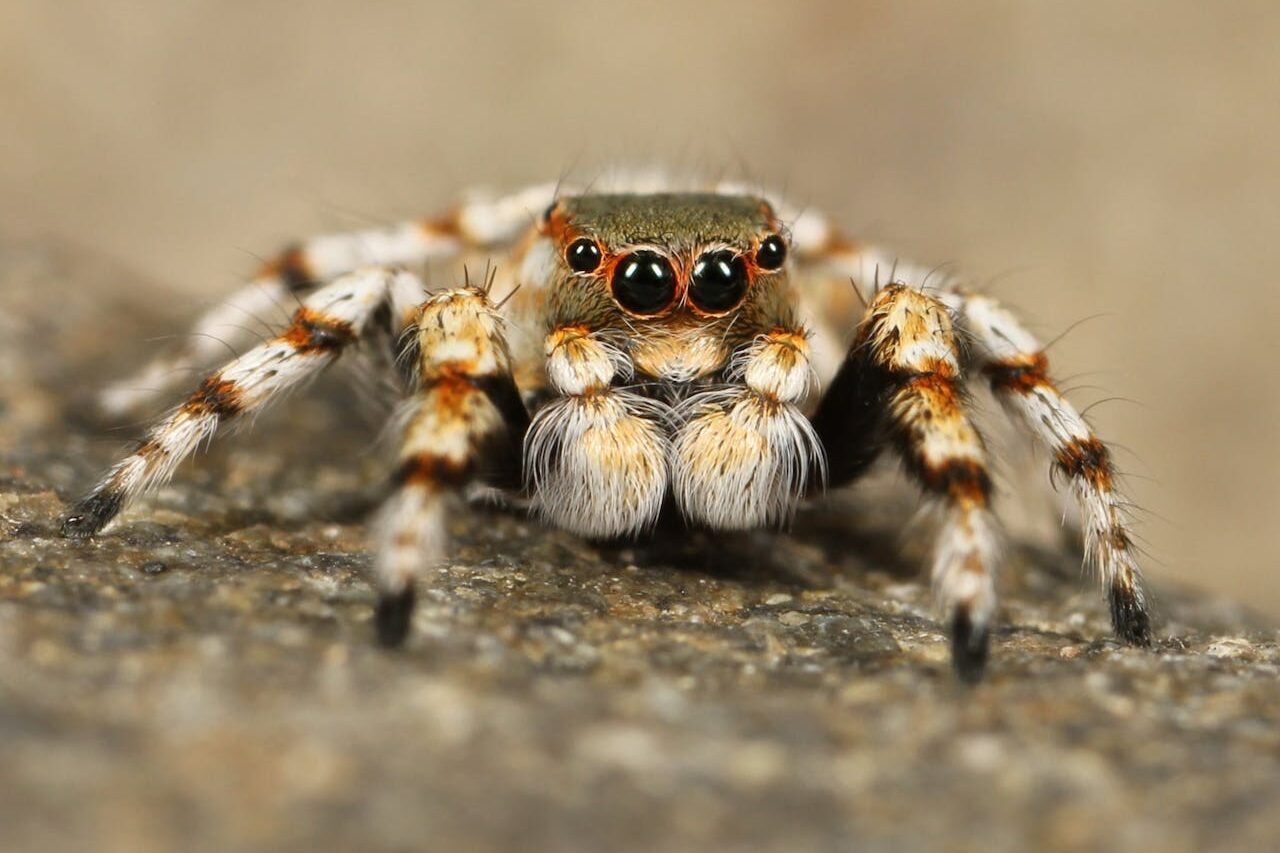1. Touching a Baby Bird Will Make Its Mother Reject It

Ever been told that if you pick up a baby bird, its mother will smell your human scent and abandon it forever? Good news: that’s completely false. Most birds actually have a very poor sense of smell, so they wouldn’t even notice if you had handled their chick. In reality, bird parents are incredibly devoted and will continue to care for their young even if a well-meaning human has intervened.
This myth likely started as a way to discourage people from disturbing wildlife. But the truth is, if you see a baby bird that has fallen from its nest, gently placing it back is the best thing you can do. The mother will recognize it and continue to care for it. Some fledglings are actually meant to leave the nest early and learn to fly from the ground. So before you assume a chick is in trouble, take a moment to observe. Nature often has things under control.
2. Bulls Hate the Color Red

Picture this: a furious bull, nostrils flaring, charging full speed at a matador waving a bright red cape. It’s a dramatic image that has fueled countless cartoons and movies, but here’s the truth—bulls don’t actually care about red. In fact, they are colorblind to it. Bulls, like all cattle, have dichromatic vision, meaning they see the world in shades of blue and yellow. The reason they charge at the matador’s cape has nothing to do with its fiery hue—it’s all about movement. The rapid flicking of the fabric triggers their instinct to attack, not the supposed aggressiveness of the color.
So, if you ever find yourself in a field with a bull, wearing red won’t be your biggest problem—standing still might be. Bulls are territorial and will react to any perceived threat, regardless of what color it happens to be wearing. It’s the motion and perceived challenge that gets their blood boiling. So, while red capes might make bullfights look dramatic, the real danger lies in the dancer, not the drapery.
3. Goldfish Have a Three-Second Memory

If goldfish could understand human rumors, they’d be deeply offended by this one. Contrary to popular belief, goldfish don’t just forget things in a matter of seconds. Studies have shown they can remember information for months, recognize their owners, and even learn tricks. Researchers have trained goldfish to associate shapes, solve simple puzzles, and recall feeding times. Some experiments suggest they can even recognize different human voices and associate certain sounds with food.
So, the next time you tap on a fish tank and expect your goldfish to forget it instantly—think again. It probably remembers your face and all the times you’ve annoyed it. If anything, goldfish deserve more credit for their intelligence. Some fish owners have even managed to train their goldfish to swim through hoops or push tiny soccer balls into goals. In other words, goldfish aren’t just forgetful little swimmers—they might just be plotting world domination.
4. Ostriches Bury Their Heads in the Sand When Scared

You’ve seen the cartoons: an ostrich spots danger and immediately buries its head in the ground like a feathered coward. But in reality, ostriches would never do such a ridiculous thing—because suffocating isn’t a great survival strategy. Ostriches are actually incredibly fast runners, reaching speeds of up to 60 km/h. When faced with a threat, they either sprint away or lay low, pressing their heads close to the ground to avoid detection.
The “burying their heads” myth likely comes from their habit of digging nests in the dirt and occasionally lowering their heads to rotate their eggs. From a distance, it might look like they’re disappearing into the earth, but really, they’re just tending to their future offspring. If ostriches actually buried their heads every time danger approached, they wouldn’t have lasted 60 million years. Their survival strategy is all about speed and stealth, not suffocation.
5. Mother Spiders Eat Their Babies as a Rule

It’s a gruesome idea: baby spiders hatch, and instead of a loving parent, they meet a hungry monster. While some species do practice matriphagy (where the mother allows her young to eat her), it’s far from the norm. Many spider moms are surprisingly devoted, guarding their eggs and even carrying their spiderlings on their backs. The wolf spider, for example, ensures her babies get a good start in life before they go off on their own.
The real villains in the spider world? The babies themselves. In some species, spiderlings engage in cannibalism, devouring their weaker siblings before they’ve even left the nest. So while mother spiders often show surprising maternal care, the same can’t be said for their ruthless offspring. Motherhood in the spider kingdom isn’t for the faint of heart.
6. Bats Are Blind

We’ve all heard the phrase “blind as a bat,” but the irony is—bats can see just fine. While many species use echolocation to navigate in the dark, they also have functional eyes that allow them to see in low light. Fruit bats, for example, rely more on their vision than their sonar abilities, using their excellent eyesight to spot food. Some even see better in the dark than humans do.
Bats are masters of both sight and sound, using their keen senses to hunt insects and navigate through dense forests. So the next time you hear someone call bats blind, just remember: they might not only see better than you, but they can also hunt tiny moving prey in complete darkness. If anything, they’re the ultimate night vision experts.
7. Daddy Longlegs Are the Most Venomous Spiders—But Their Fangs Are Too Small to Bite You

This one has been scaring people for years: daddy longlegs are supposedly packed with deadly venom but are harmless because their fangs can’t penetrate human skin. Sounds terrifying—except none of it is true. First off, the creatures most people call “daddy longlegs” aren’t even spiders—they’re harvestmen, which don’t have venom at all.
And the actual daddy longlegs spider? Its venom is mild, and its fangs are perfectly capable of biting humans, though the bite is about as painful as a mild mosquito sting. So, if you’ve been giving these lanky-legged critters too much credit as miniature death machines, you can rest easy. They’re far more interested in eating insects than unleashing toxic doom. In reality, they’re harmless, slightly awkward creatures just trying to mind their own business.


